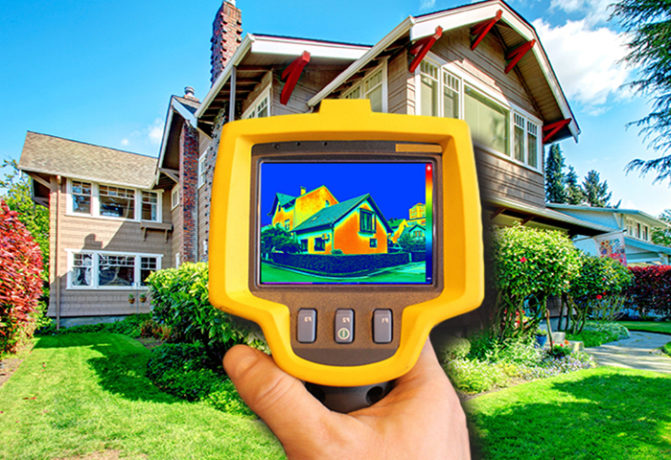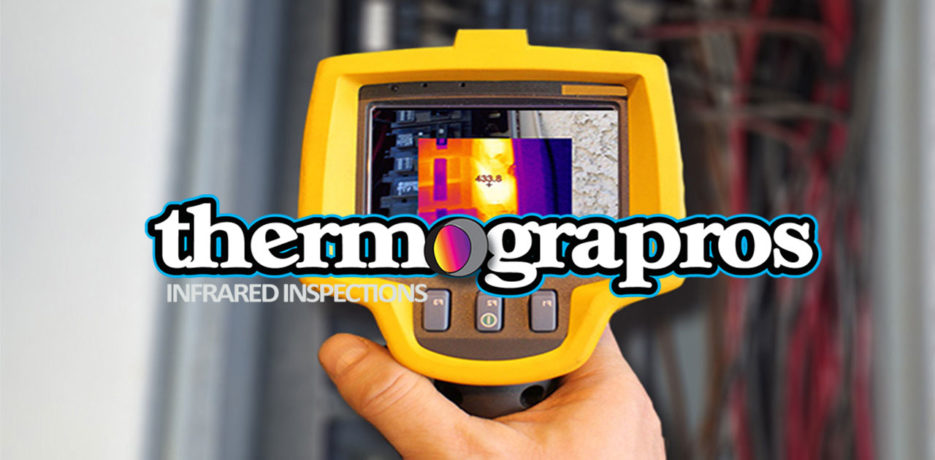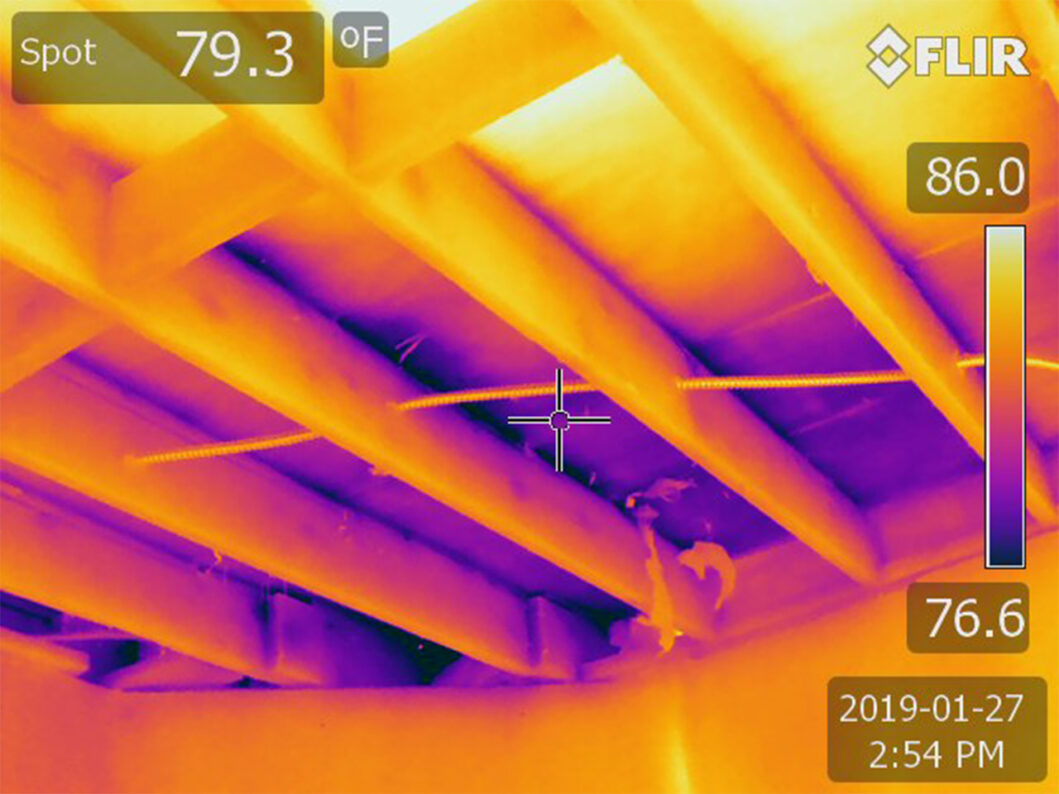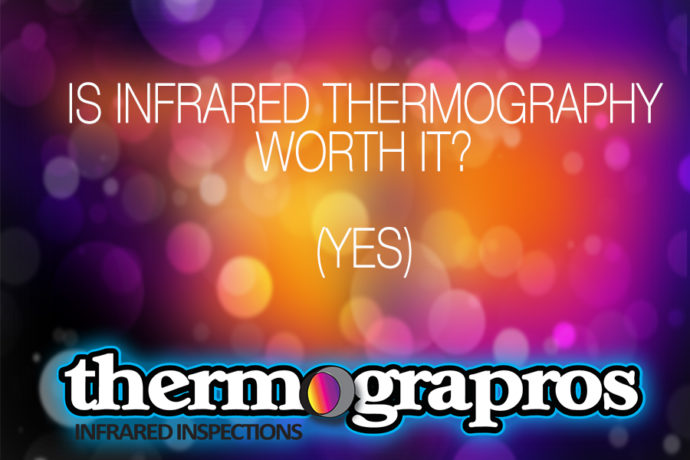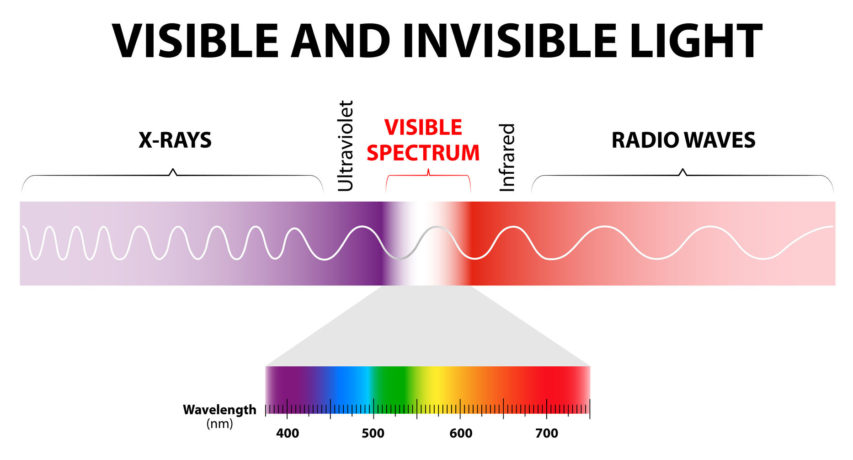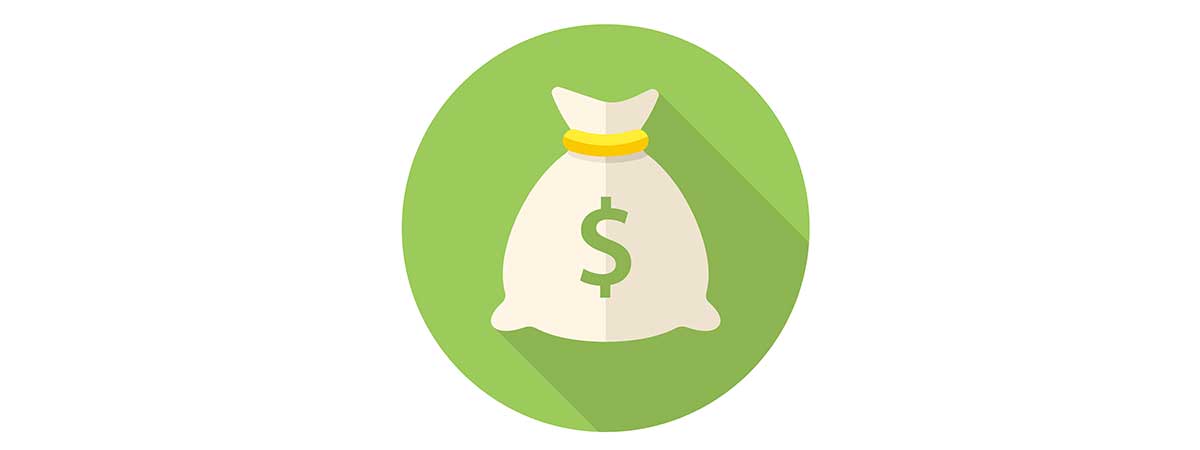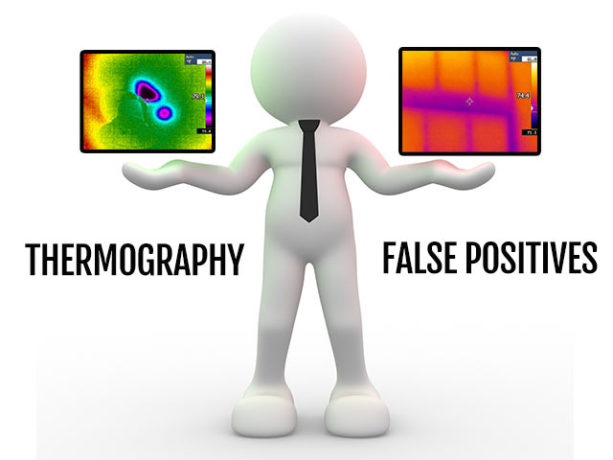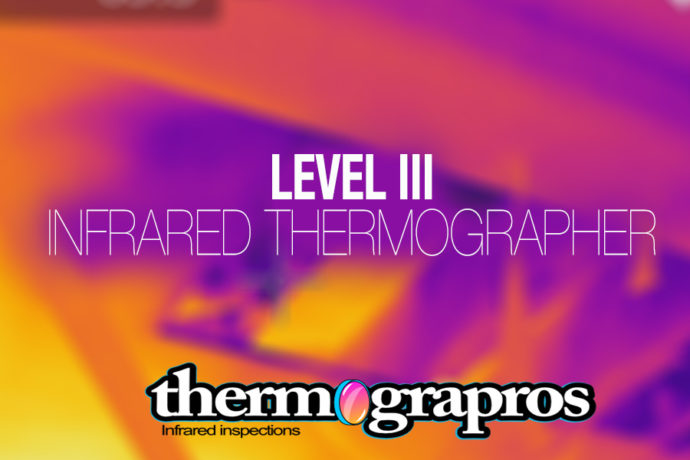Is infrared scanning during a home inspection worth it

One of the many questions I get asked as both an Infrared contractor and home inspector is, “Is infrared scanning during a home inspection worth it”. In short… absolutely. As a level III infrared thermographer here in Los Angeles you see many things. I’d honestly say that I would never ever perform a building or home inspection without the use of an infrared camera.
In other words, with what I know and having seen from what I’ve inspected in over 15,000 inspections, using thermal imaging or an infrared camera to perform inspections during a home inspection is a must.
Let me put it to you in another way. When I first received my infrared camera back in the early 2000’s, my eyes were opened to all the issues I was missing. From water inside walls and ceilings to electrical issues in panels and within the home or business itself. Think about it. One day you’re seeing the walls just as they are, a solid mass of material and with the introduction of infrared scanning, now you can see virtually “inside the walls”… well, sort of. So is infrared inspection worth it? In a word, yes.
What is infrared?

We can define thermography as a non contact, no destructive testing method by which a thermal camera or thermal imager can detect and display temperature patterns across the surface of any given object.
Infrared light as well as the visible light is part of the electromagnetic spectrum. When compared to visible light, Infrared has a much lower frequency and longer wavelength. We use infrared thermography to detect infrared energy which is emitted from an object. The software then converts the energy into apparent temperatures and displaying those results in an image or thermogram.
The use of thermal imaging or thermography can be applied to just about any situation where taking these temperature reading will provide useful data. We use thermography for preventative maintenance, troubleshooting specific quantitative issues, condition assessment, research and development, medical and veterinary science.
The different certification levels of an infrared thermographer
There are effectively three (3) different levels of infrared thermography certification. We are level II which is the highest level of certification provided in the industry. Using an infrared camera to perform
infrared building inspections isn’t just taking pretty colorful images with an expensive camera. Thermal imaging with home inspections is a science. Why, with all the
false positives with the use of an infrared camera it’s difficult for the untrained to differentiate between what is an anomaly and what is a real issue.
My suggestion to those looking for an inspector with an infrared camera is to choose one with some degree of certification.
Level I Infrared thermographer certification
The level one certification is essentially an introduction to thermography and infrared science. The level one covers the basics of thermography such as infrared theory. Included is some equipment operation, the theory of infrared, heat transfer, standards, how to analyze thermograms, and generate basic reports.
Level II Infrared thermographer certification
On the other hand, the level II course is focused on advanced infrared theory. It speaks to equipment calibration, false positives, the use of other ancillary tools in conjunction with the infrared camera. in addition, it includes the use of windows or filters, repair priorities and quantitive reporting.
Level III Infrared thermographer certification
Level III certification is the highest level of certification available in the industry. This course focuses on implementing and managing programs for infrared inspection protocol and maintenance. Moreover, this certification level speaks to the standards and specifications surrounding the infrared inspection industry such as NFPA, ASTM and OSHA. With more advanced focus on performing prognostics on fault conditions and heat transfer analysis theory as well as supervise and train infrared personal below level 3.
What is the cost of an infrared inspection?

With thermography I’d say there are a few different sides to the industry. On one hand you have home inspectors and other types of building diagnostic companies using the equipment. Not to mention, mold remediation,
water intrusion specialists and other industry experts all use thermography. Its primary use is to perform inspections and diagnostics for repairs.
There are others who use thermography as a preventative measure such as in a manufacturing factory for example.
Home Inspection and the use of Thermography
Most home inspectors use the camera during their home inspection for free. That said, however, there are some inspectors who will charge a nominal fee to bust out the pretty picture taking device. How can you blame them, some of these cameras cost of $50,000. Our fee to use our camera outside of a home inspection hoovers around $300 an hour. So is an infrared inspection worth it? Yes, still worth it.
On the other hand, thermography is widely use in the medial field for breast scanning. For veterinary services its used for checking horses for injuries. According to healthline.com, the average cost for an infrared breast exam is about $150-200 while scanning a horse for example, costs about the same.
Do all home inspectors use infrared?
Although the use of infrared technology has been around for a while now, the use of thermography in the home inspection industry is not so old. In fact, it’s only been around 10-15 years now, that thermography has joined forces with
home inspectors. I suspect it’s mostly due to the fact that cameras have gotten more affordable. Starting prices are about $200.
Yet still, many home inspectors do not believe in the technology and have not bought into the thermal imaging hype. As I previously mentioned, I refuse to perform a home inspection if i do not have my infrared camera with me. And for us to say this… it must be a pretty important tool not to leave in the bag.

 Property Condition Assessments are a fundamental method of understanding the condition of any given property prior to purchase. Most prominent PCA providers understand that their advice is crucial. In fact, their advice may greatly impact the purchase of real estate throughout the united states. Most Property condition assessments utilize the expertise of multiple professional experts to provide a snapshot in time if you will, of a given property.
Property Condition Assessments are a fundamental method of understanding the condition of any given property prior to purchase. Most prominent PCA providers understand that their advice is crucial. In fact, their advice may greatly impact the purchase of real estate throughout the united states. Most Property condition assessments utilize the expertise of multiple professional experts to provide a snapshot in time if you will, of a given property.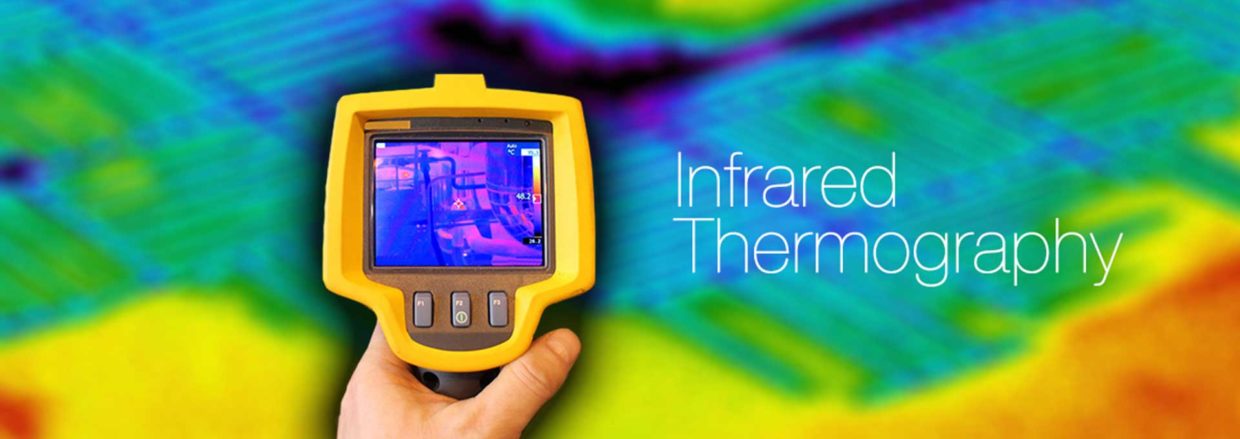
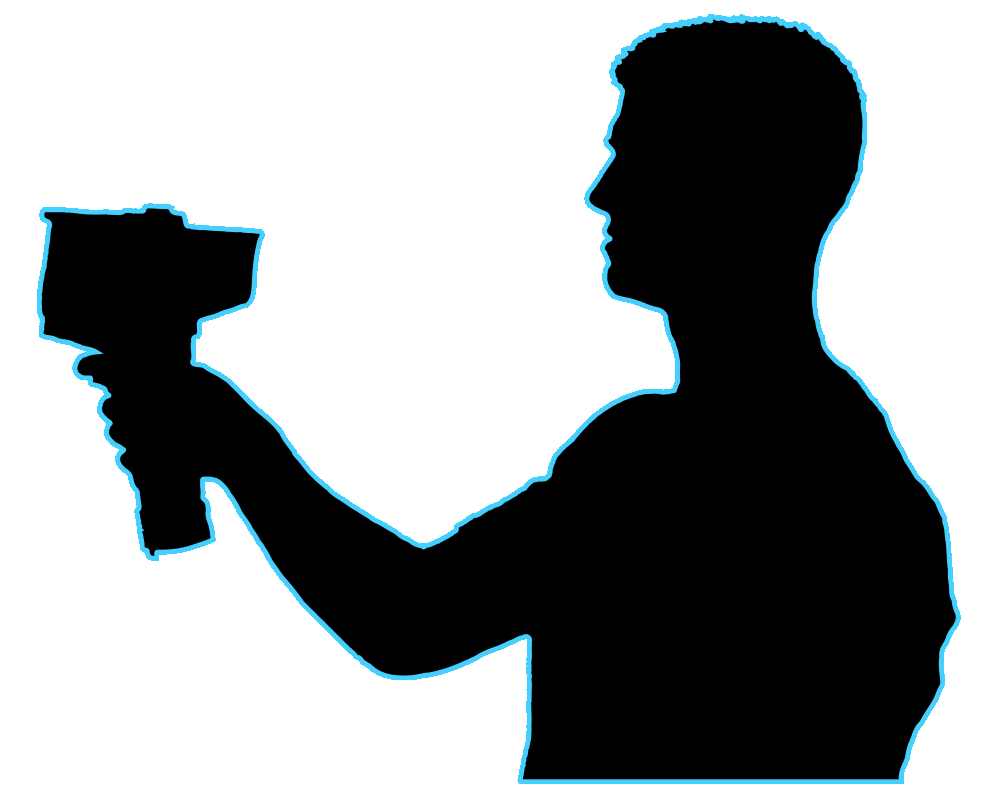 The need for a professional infrared thermographer for Property Condition Assessments is fundamental in a purchase. Normally, it’s the unseen issues that cause such grief in a buyer’s investment. Moreover, the thermographer you choose understands this and works with the client to provide information to help a buyer with that purchase. Not all thermographers are the same, however. In fact, there are very few thermographers in the United States who specialize in Property Condition Assessment infrared Thermography inspections.
The need for a professional infrared thermographer for Property Condition Assessments is fundamental in a purchase. Normally, it’s the unseen issues that cause such grief in a buyer’s investment. Moreover, the thermographer you choose understands this and works with the client to provide information to help a buyer with that purchase. Not all thermographers are the same, however. In fact, there are very few thermographers in the United States who specialize in Property Condition Assessment infrared Thermography inspections.
